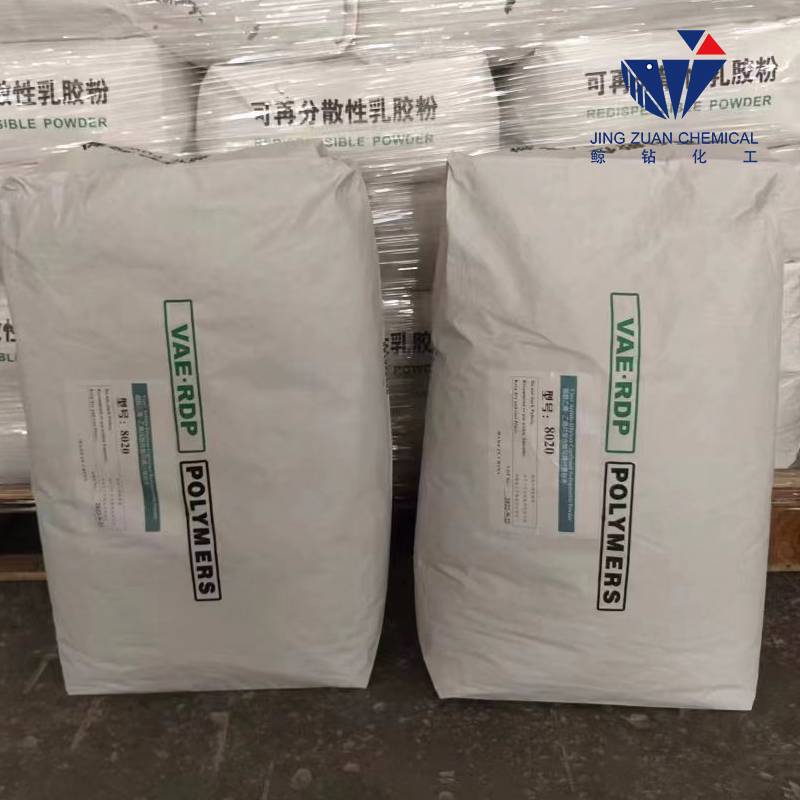
Dic . 03, 2024 14:05 Back to list
building coating adhesive hpmc
The Role of HPMC in Building Coating Adhesives An In-Depth Overview
In the construction industry, the importance of high-performance building materials cannot be overstated. Among these materials, building coating adhesives play a critical role in ensuring the longevity and durability of structures. One substance that has garnered significant attention in recent years is Hydroxypropyl Methylcellulose (HPMC). This cellulose ether has become a staple in the formulation of various adhesives, particularly those used in building coatings, due to its unique properties and versatility.
What is HPMC?
HPMC, or Hydroxypropyl Methylcellulose, is a non-ionic, water-soluble polymer derived from cellulose, a natural polymer found in the cell walls of plants. Its chemical modifications allow it to perform a range of functions that are beneficial in adhesive formulation. HPMC is known for its thickening, film-forming, binding, and water-retaining properties, making it an essential ingredient in building coating adhesives.
Benefits of HPMC in Building Coating Adhesives
1. Enhanced Workability One of the primary advantages of using HPMC in adhesive formulations is that it significantly improves workability. When added to building coating adhesives, HPMC increases the viscosity and consistency of the mixture, making it easier for applicators to use. This leads to better control during application, thus enhancing the overall user experience.
2. Water Retention HPMC excels at retaining water within the adhesive matrix. This property is particularly beneficial in construction where the curing process needs to be optimized. By preventing premature drying, HPMC ensures that the adhesive retains sufficient moisture to achieve maximum bond strength over time.
3. Improved Adhesion Adhesive performance is critical in building applications, and HPMC contributes to this aspect by enhancing adhesion to various substrates. Whether it is concrete, brick, or gypsum, the inclusion of HPMC in coatings can significantly improve their ability to bond with these surfaces, leading to longer-lasting applications.
building coating adhesive hpmc

4. Temperature Stability With increasing temperature variations in construction environments, the stability of adhesives is paramount. HPMC displays excellent temperature resistance, maintaining its consistency and performance even in challenging conditions. This feature ensures that the coating remains effective under various environmental influences.
5. Eco-Friendly Option HPMC is derived from natural cellulose and is generally considered to be environmentally friendly. Its non-toxic nature makes it a suitable choice for modern construction practices that prioritize sustainability and safety.
Applications of HPMC in Building Coating Adhesives
HPMC is used in a variety of building coating applications, including tile adhesives, plaster, and paints. In tile adhesives, HPMC enhances the adhesive strength and allows for a longer open time, giving users the flexibility to adjust tiles during installation without sacrificing bond quality. In plaster formulations, HPMC improves workability and enhances water resistance, contributing to a smoother finish. Additionally, in paints, HPMC can act as a thickener, improving the paint's application properties and stability.
Future Prospects
As the demand for high-performance building materials continues to grow, the role of HPMC in the formulation of adhesives is expected to expand. Ongoing research is focusing on optimizing the performance of HPMC through advancements in chemical modifications and processing techniques. This could lead to even greater efficiencies in cost and performance, helping builders meet the increasing demands for durability and sustainability in construction.
Conclusion
Hydroxypropyl Methylcellulose is transforming the landscape of building coating adhesives by combining superior performance with user-friendly application properties. Its unique characteristics, such as water retention, improved adhesion, and environmental safety, make it an invaluable resource in modern construction. As the industry evolves, HPMC is poised to play a crucial role in the development of innovative building materials that meet the needs of a growing and dynamic market. As builders and architects continue to seek out advanced solutions for durability and sustainability, the significance of HPMC in building coatings will undoubtedly grow, facilitating stronger and more resilient structures for the future.
-
Unlocking the Benefits of HPMC Products: A Gateway to Versatile Applications
NewsAug.07,2025
-
Unleashing the Potential of HPMC Ashland: A Comprehensive Look
NewsAug.07,2025
-
Tile Bonding Cellulose: The Key to Superior Adhesion and Durability
NewsAug.07,2025
-
Hydroxypropyl Methylcellulose Powder: The Versatile Component in Modern Pharmaceuticals
NewsAug.07,2025
-
Hydroxyethyl Cellulose: The Versatile Solution for Various Industries
NewsAug.07,2025
-
Hydroxyethyl Cellulose (HEC): The Versatile Polymer for Various Applications
NewsAug.07,2025







